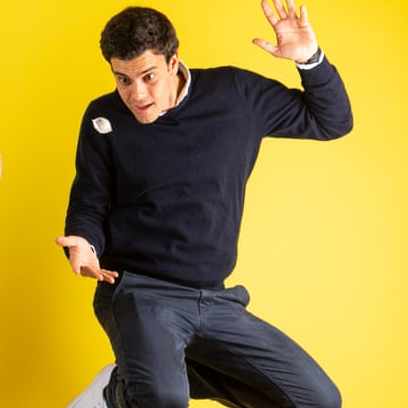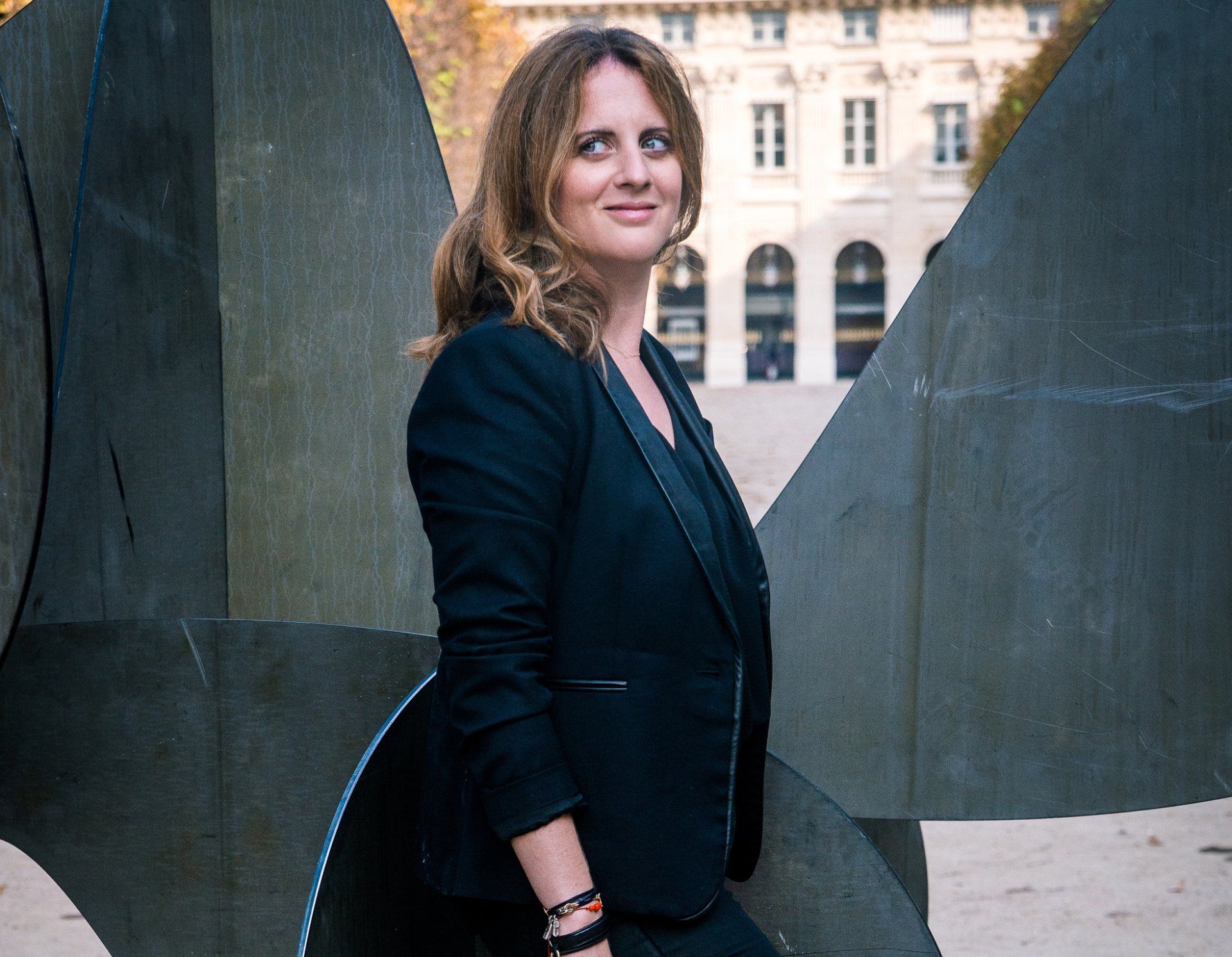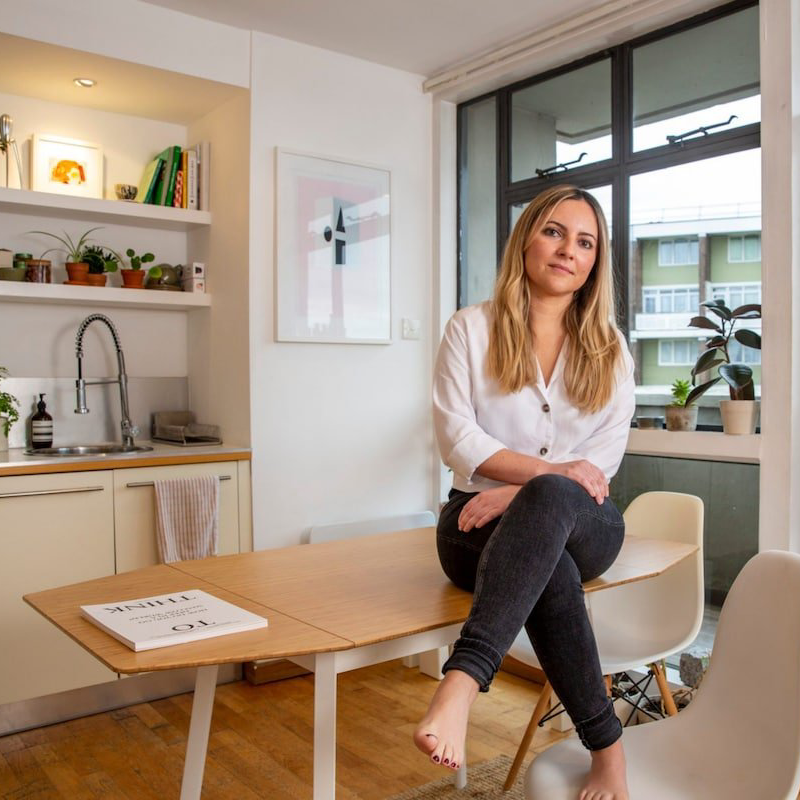Neuroscience
Sem Lee
1 September 2020

Historically, environments we have built in the developed world have boiled down to how much return on investment this would produce without the long-term consideration of the human experience, well-being and health of our societies. This can no longer be our answer and we must look further into human centred design solutions that serve our people and communities.
The famous London Taxi Drivers study by Eleanor Maguire showed that acquiring ‘The Knowledge’ (the memorising of the complex layout of central London’s 25,000 streets and places of interests) caused an increase in grey matter in the brain and changes to memory, specifically in the hippocampus; suggesting that our brains change as we learn and supporting the argument that our human brain shows neural plasticity.
It’s important to note that the hippocampus is the area of the brain where we consolidate long term memories and that it also controls spatial cognition. Without spatial cognition, we wouldn’t be able to develop long term memories and could suggest that the spaces that we inhabit shape our identities which Sarah Williams Goldhagen explains brilliantly in her book ‘Welcome to your world: How the Built Environment Shapes Our Lives’.
Tapping into the relationship between people, identity and place, through neuroscience is an innovative way to help us design for cities and communities going forward.
Catapult have recently compiled a ‘Neuroscience for Cities Playbook’ in collaboration with their Centric Lab and University College London which shows how neuroscience research could be used to help further develop the design for cities.
At The Good Thing, we believe that this is an important area of research that could disrupt how we approach design problems of cities. We are continuing to research and collaborate with like-minded agencies and individuals to develop our understanding further.
Catapult have recently compiled a ‘Neuroscience for Cities Playbook’ in collaboration with their Centric Lab and University College London which shows how neuroscience research could be used to help further develop the design for cities.
At The Good Thing, we believe that this is an important area of research that could disrupt how we approach design problems of cities. We are continuing to research and collaborate with like-minded agencies and individuals to develop our understanding further.
Image via estory.io by Manu Claessens
Visit 'The Good Library' to learn more about Subjective Well-being and Neuroscience in the built environment
Do you want us to orient you and guide your project towards well-being? We are architects and WELL Accredited Professionals and we are here to help. Subscribe to our newsletter or contact us info@thegoodthing.co.uk

The Good Thing Journal interviews Dr. Tara Swart.
"I am: Tara Swart, a neuroscientist, medical doctor, executive advisor, Senior Lecturer at MIT Sloan, Author of bestseller 'The Source - Open Your Mind, Change Your Life', Brand Ambassador for Aromatherapy Associates, and Chief Science Officer at Heights (a brain care supplement). But without all those titles I’m fundamentally a chameleon, philosopher and free spirit."

The Good Thing Journal Interviews Rodrigo Gonzalez.
"I am: A designer, architect, and amateur actor with an interest in creating, growing, and bouncing ideas. I am co-founder of Notpla, a startup with the mission of making plastic packaging disappear by pioneering the use of seaweed as a sustainable material. "







